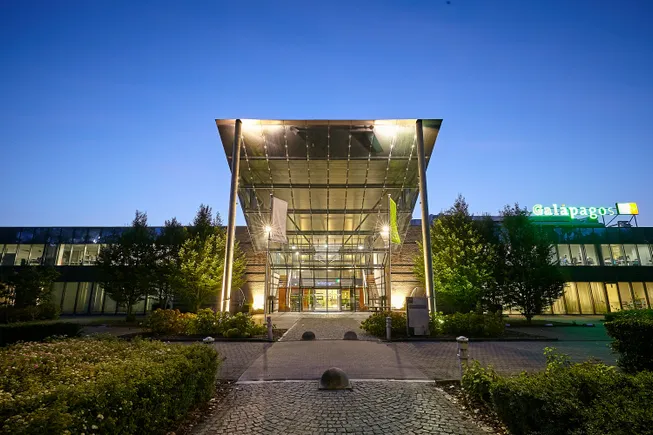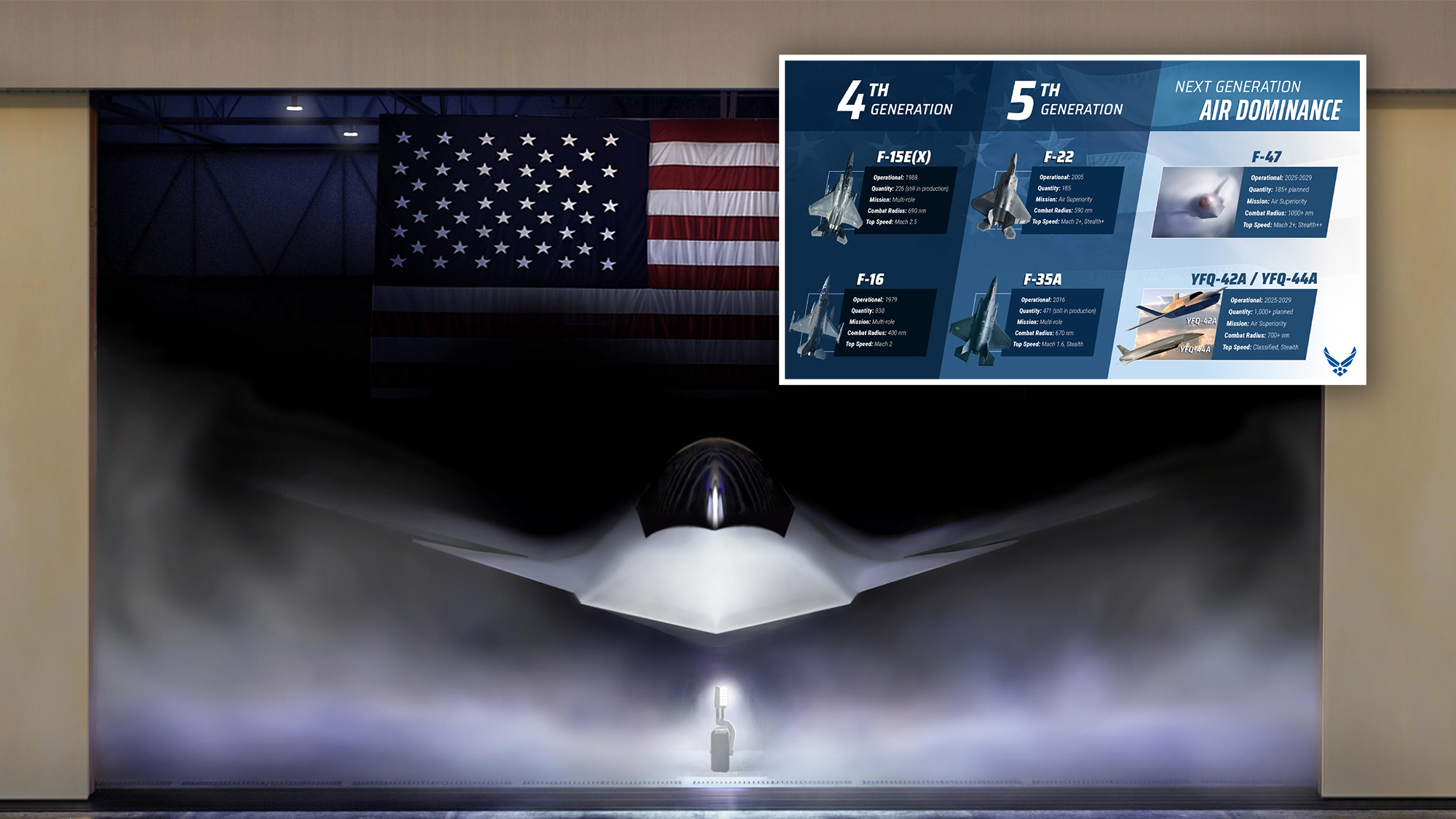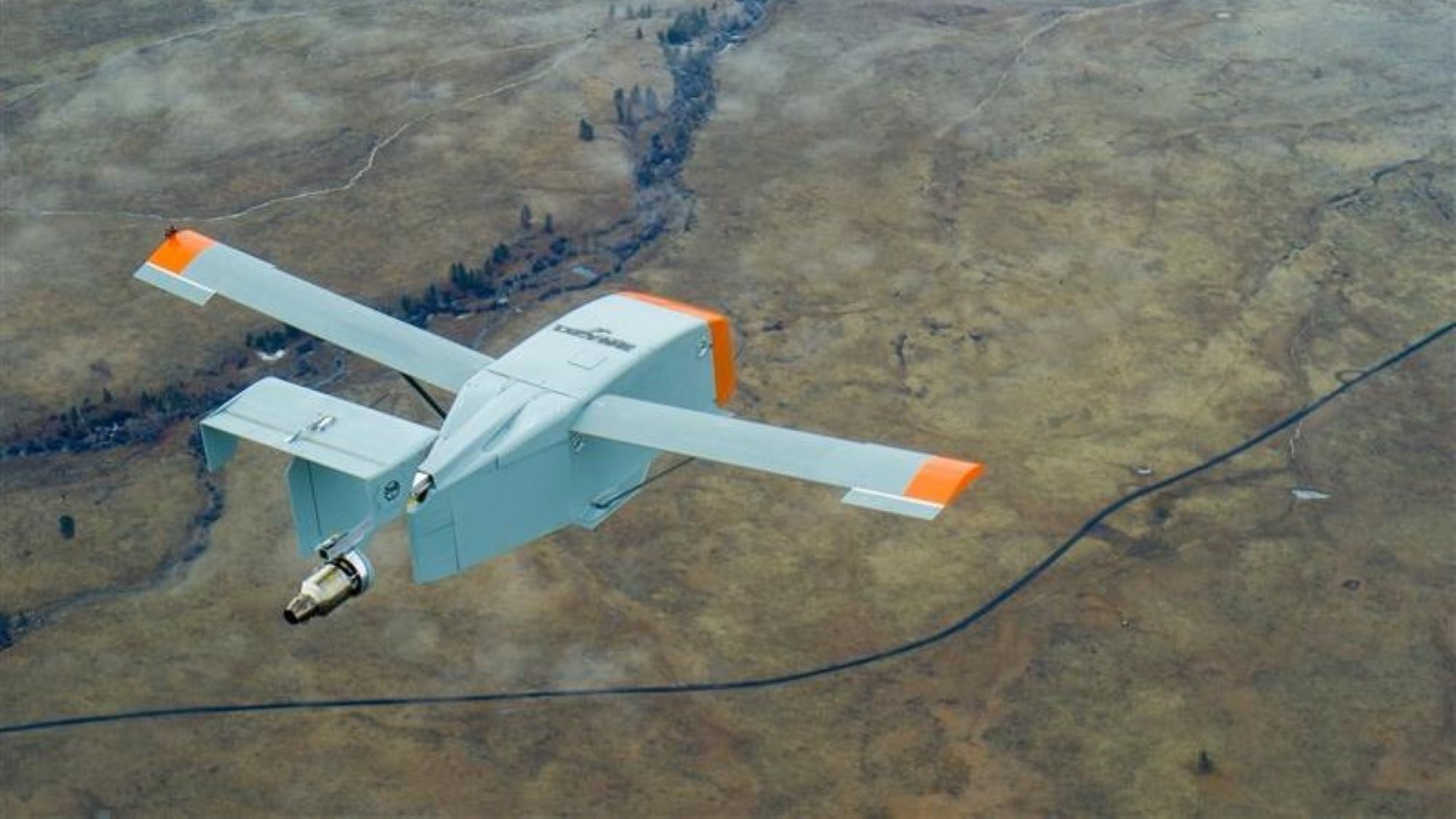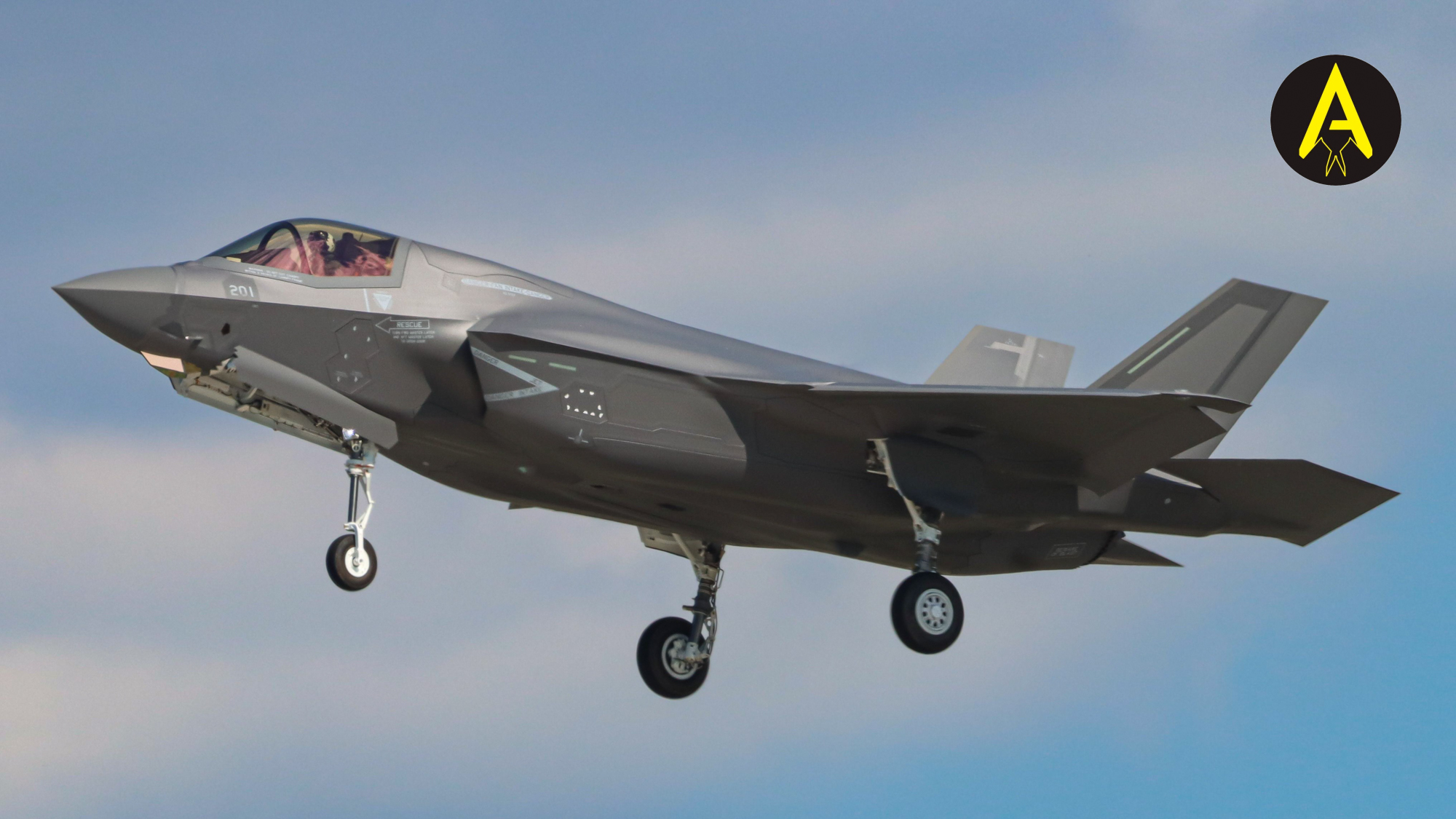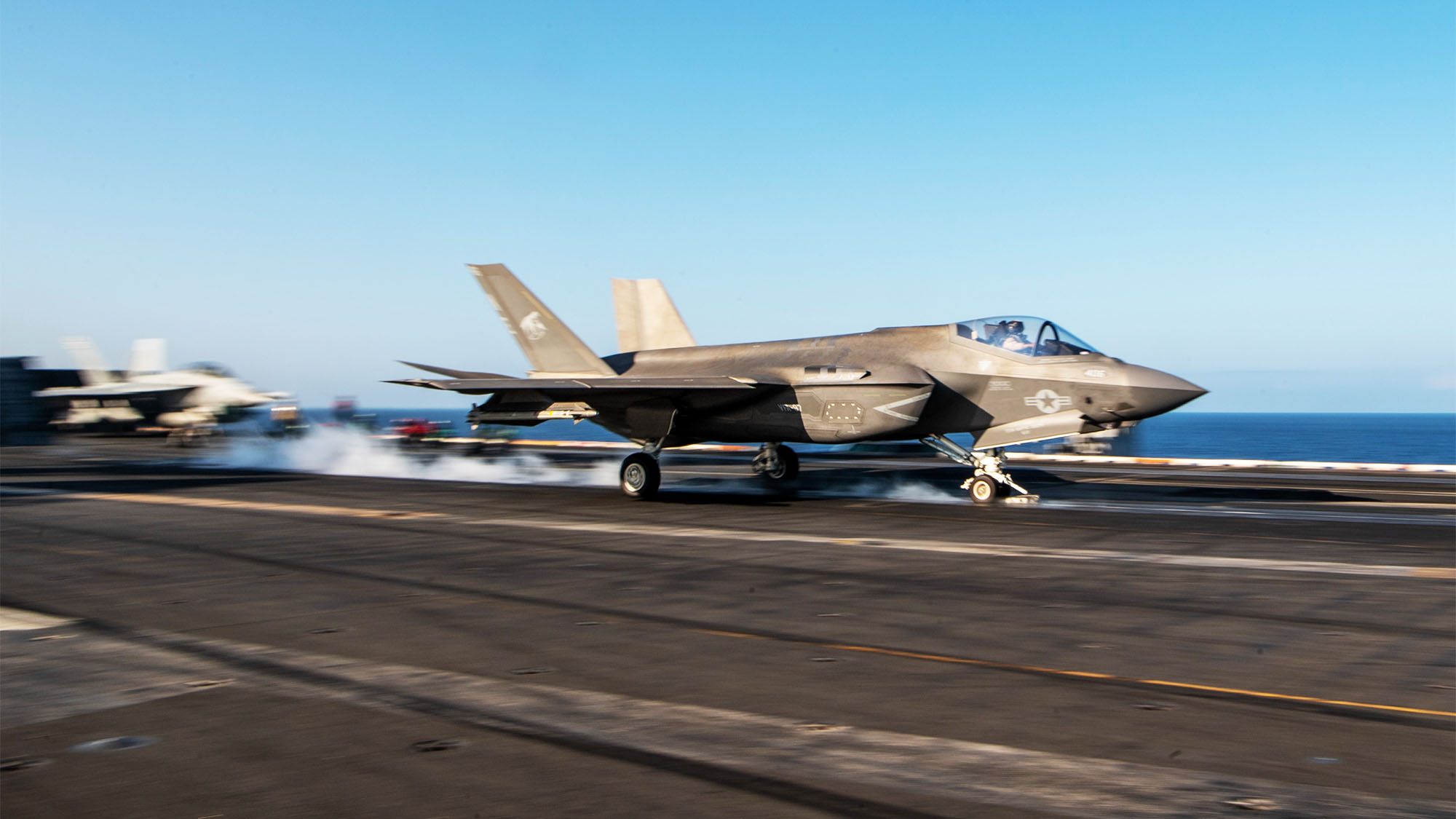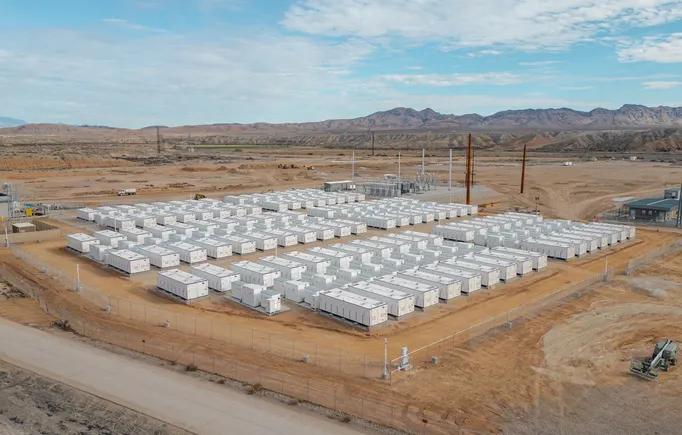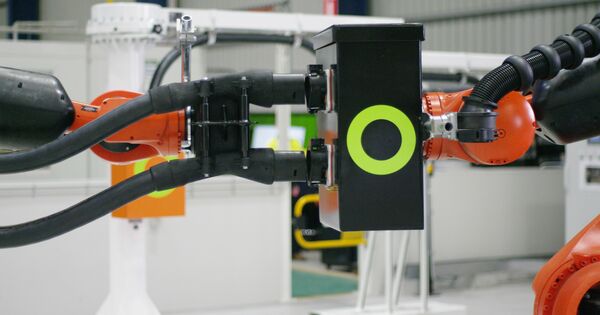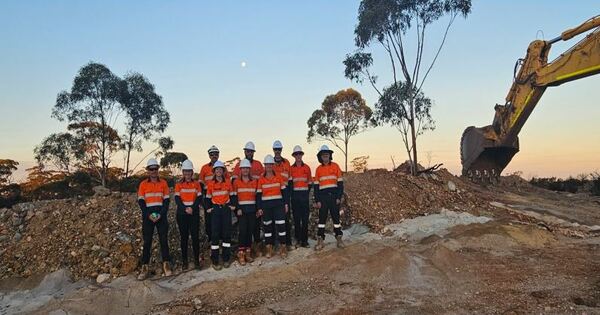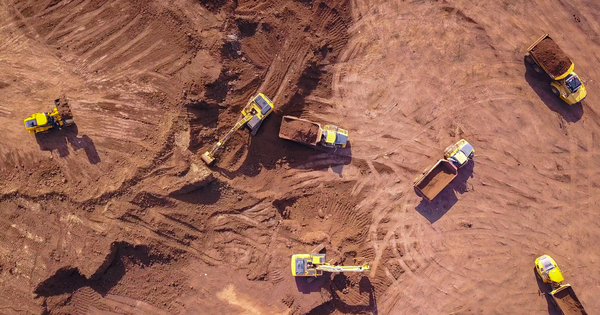DIU expands ‘Hybrid Space Architecture’ vendor pool, plans 2026 pilot
HSA is aimed at creating a “hack-proof” internet in space comprising commercial and government SATCOM birds to underpin the Defense Department’s Combined Joint All Domain Command and Control concept to link sensors and shooters in real time.


DIU’s Hybrid Space Architecture is designed to create a jam-proof ‘Internet of Things’ linking commercial and government SATCOM birds. (Illustration credit: Aalyria)
WASHINGTON — The Pentagon’s Defense Innovation Unit (DIU) has added 13 more companies to its pool of contractors developing an ambitious multi-agency effort to create a multi-orbit, public-private satellite communications (SATCOM) network largely impervious to jamming — with the goal of launching a pilot in 2026.
The move, announced Monday by DIU, brings the total number of companies, ranging from software startups to big defense primes, participating in the “Hybrid Space Architecture” program to 25.
New contracts have been awarded to Capella Space, EdgeCortix, Eutelsat’s subsidiary OneWeb Technologies via its US arm Eutelsat America, Fairwinds Technologies teamed with AST Space Mobile, Illumina Computing Group, Lockheed Martin Space, MapLarge, SES Space & Defense, Skycorp Incorporated, SkyFi, Ursa Space Systems, and Viasat. (On May 7, Maryland-based quantum computing startup IonQ announced it is acquiring California-based Capella, a pioneering US synthetic aperture radar startup with contracts from DoD and the Intelligence Community.)
“DIU’s ability to rapidly integrate and deliver a hybrid space network architecture is testament to its process of allowing commercial innovators to solve complex problems at speed and scale by applying their solutions to DoD’s problems,” said Steve “Bucky” Butow, director of DIU’s Space Portfolio.
HSA is aimed at creating a “hack-proof” internet in space comprising commercial and government SATCOM birds to underpin the Defense Department’s Combined Joint All Domain Command and Control concept to link sensors and shooters in real time.
The program began with four contractors in 2022 as a cooperative effort among DIU, the Air Force Research Laboratory (AFRL), and the Space Warfighting Analysis Center — stemming from a 2019 AFRL project part of then-Air Force acquisition czar Will Roper’s signature effort to create an “Internet of Military Things” via the service’s Advanced Battle Management System initiative. Prior contract awardees include Aalyria Technologies, Amazon Web Services, Amazon Kuiper, Anduril, Astranis Space, ATLAS Space Operations, Enveil, Google, Palantir, Planet Labs Federal, Microsoft, and SpiderOak.
The number of DoD and government participants in HSA also has grown over the past few years. The DIU announcement lists the Space Force’s Space Systems Command, US combatant commands, DoD’s Strategic Capabilities Office, the Naval Research Laboratory, Special Operations Command, “JIATF-South, USAR 310th Space Wing, Marine Corps Tactical Systems Support Activity, and other U.S. government agencies” as also being involved.
While the original project was expected to last about 24 months, the DIU announcement said that the current goal is to build the “the technical and programmatic foundation to pilot an operational hybrid commercial and government space architecture by 2026.”
Toward that end, DIU said HSA contractors over the next year “will prototype their capabilities through a series of operational demonstrations in the U.S. Indo-Pacific, European, Central and South Command areas of responsibility.”
In addition, the announcement said the project team “will soon activate a live hybrid network for demonstrations, exercise support, and further integration of tactics and warfighting capabilities.”


































































